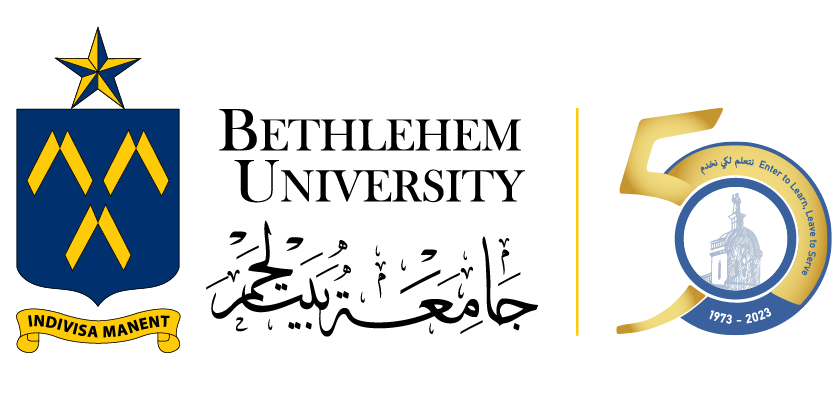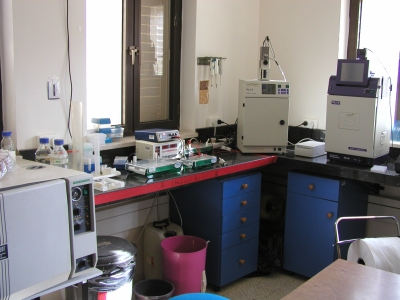Plants as sessile organisms have to efficiently cope with adverse
environmental conditions. Abiotic stresses like drought, cold and heat crucially
involve the function of the plant hormone abscisic acid (ABA).
Extensive research during the past years especially in the model plant Arabidopsis
thaliana has ncovered and characterized central modules of ABA and abiotic
stress signaling. Such signaling components involve protein phosphatases type
2C (PP2Cs), PYL/RCAR ABA receptors, ROP GTPases that all function in ABA
signaling and Calcineurin B-like proteins (CBLs) that together with
CBL-interacting protein kinases (CIPKs) function in calcium signaling.
Most recent research points to extensive interconnections and cross-regulation of
ABA and calcium signaling. However, mechanistic details of these interactions
are largely unknown. Tomato represents a crop plant that has been intensively
studied with regard to hormone and stress signaling. The above
mentioned signal components that function in Arabidopsis are present in this species.
However, their specific function and especially their functional interconnections
need to be explored. This has so far prevented comparisons of signaling
mechanisms between Arabidopsis and tomato and leaves open the
question to which extend findings from Arabidopsis hold true for tomato.
Consequently, this project addresses three major aims. (i) We want to comparatively investigate the function of the ROP10/ROP11 GTPase pair that has likely resulted from a recent duplication in Arabidopsis since the corresponding ROP10 in tomato is encoded by a single gene. (ii) We want to investigate the function and interactions of selected tomato CBL/CIPK/PP2C/ROP modules. Here we will put emphasis on their role in fruit ripening as well as heat and drought tolerance. (iii) We aim to identify the molecular basis for the heat tolerance in fruit set of a Palestinian tomato variety that has been identified at Bethlehem University. To achieve these goals we will pursue a combination of genetic, cell-biological, biochemical, and molecular biological approaches.


